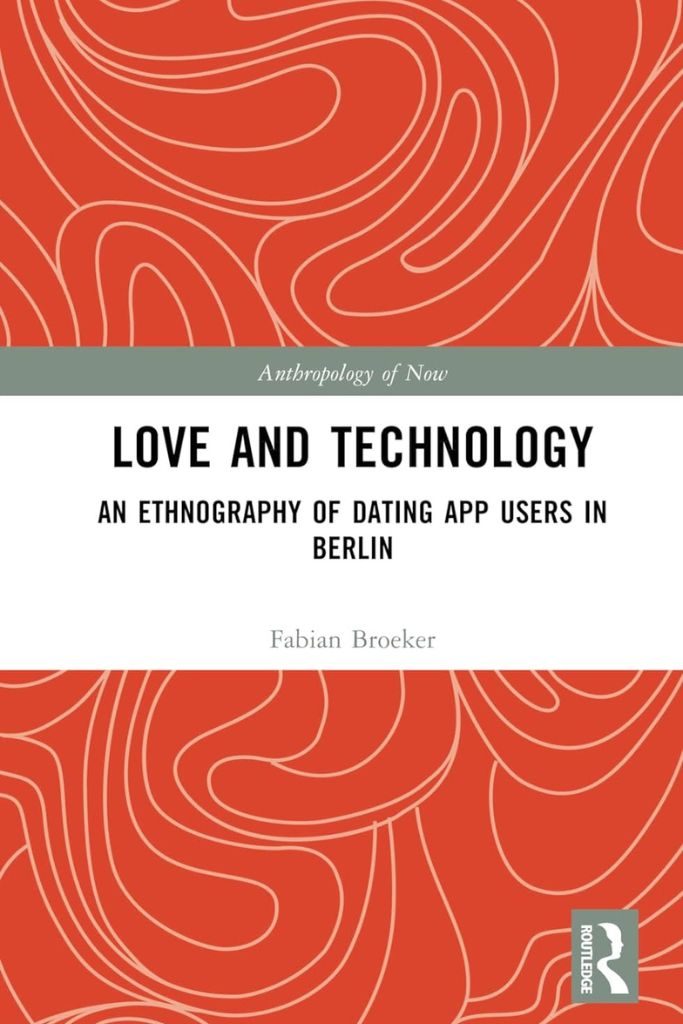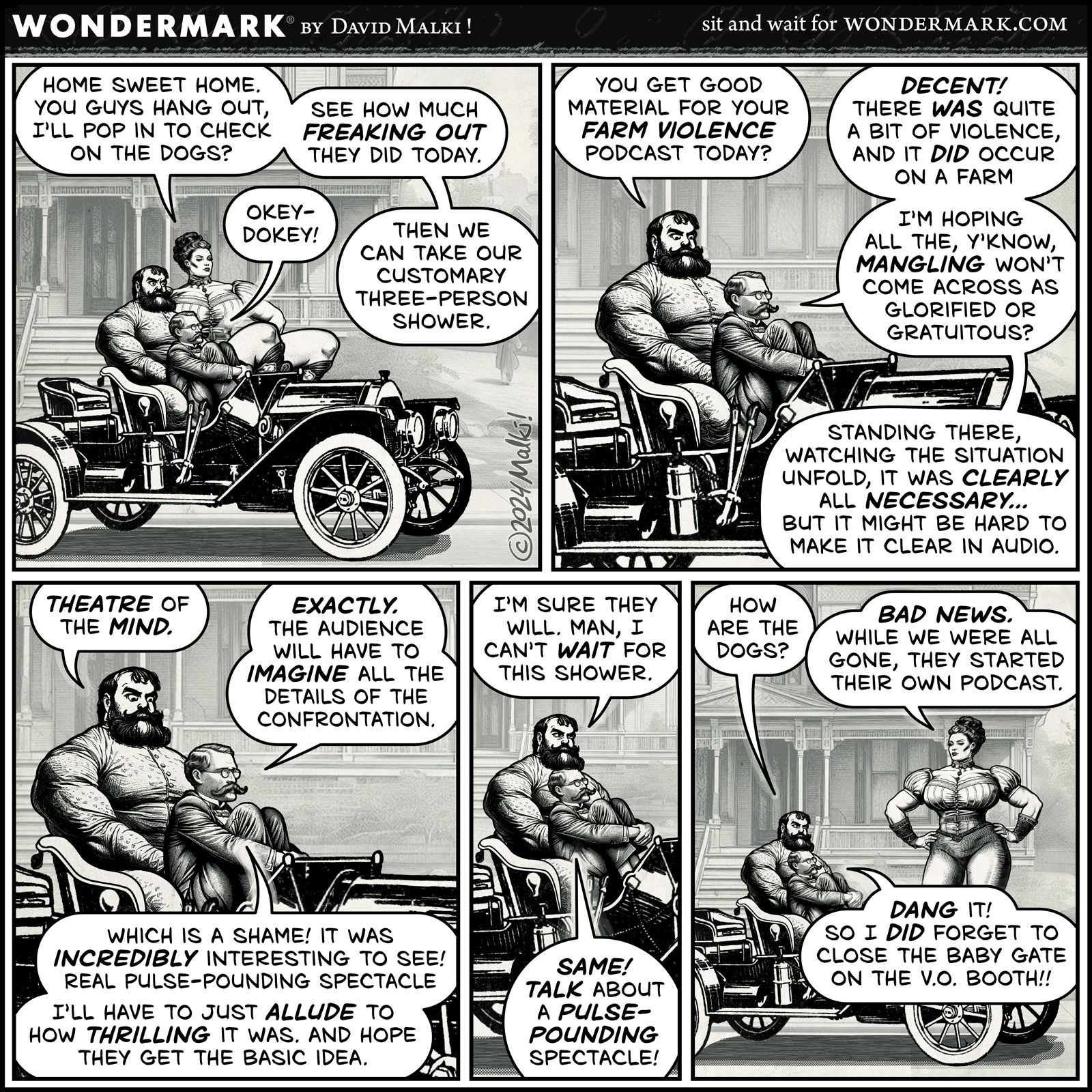Sex
Driven Mad by a Marxist Daughter
What defines Musk and Ackman’s psychosis is no longer their relation to their symbolic fathers, but their relation to that of their daughters’....
Love and Technology: An Ethnography of Dating App Users in Berlin – review
Fabian Broeker‘s Love and Technology: An Ethnography of Dating App Users in Berlin explores how dating apps mediate intimacy among young Berliners. Presenting an immersive ethnography of app usage, users’ experiences and perceptions and Berlin’s particular dating culture, Jiangyi Hong finds the book a rich work of contemporary digital anthropology.
Love and Technology: An Ethnography of Dating App Users in Berlin. Fabian Broeker. Routledge. 2023.
 With the advent of digital communications technology, dating apps have provided new avenues for finding and nurturing romantic relationships, while also raising many critical questions for social scientists. A recent concern in digital anthropology is that of social relationships and interaction patterns. Intimacy, which people desire in their primary relationships, is now often mediated by dating apps that intervene in one’s lived experience. Fabian Broeker’s Love and Technology: An Ethnography of Dating App Users in Berlin is an immersive ethnography exploring the mediation of intimacy in personal relationships in Berlin.
With the advent of digital communications technology, dating apps have provided new avenues for finding and nurturing romantic relationships, while also raising many critical questions for social scientists. A recent concern in digital anthropology is that of social relationships and interaction patterns. Intimacy, which people desire in their primary relationships, is now often mediated by dating apps that intervene in one’s lived experience. Fabian Broeker’s Love and Technology: An Ethnography of Dating App Users in Berlin is an immersive ethnography exploring the mediation of intimacy in personal relationships in Berlin.
Through a combination of digital ethnography and narrative methods, Broeker provides an in-depth exploration of the romantic lives of young, Berlin-based dating app users. The ethnographic research entailed online and offline participant observation of how young people in Berlin use dating apps and how the apps shape the experiences, behaviours and perceptions of individuals seeking romantic relationships, sexual experiences and love.
Broeker is primarily concerned with Tinder, Bumble, and OkCupid, the three most popular apps encountered in the fieldwork, and describes different dating experiences, finding that young people in Berlin often use more than one app. Throughout this study, Broeker mentions the notion of “affordances” (1), which occur when particular actions and social practices are made easier or preferable due to “a specific cultural context and setting” (2). Broeker foregrounds the affordances dating apps allow without neglecting the fluid relationship between the user, social and material environment, and technological artefacts.
‘Each app on a phone act[s] as a certain canvas of projection’ (25) that shapes and is interpreted based on young dating users’ own experiences, social circles, and cultural values.
In his fieldwork, Broeker explored what each dating app means to participants, the experiences each app could enable, and the coded notion of intimacy in each app (eg, Tinder is associated with primarily brief sexual encounters). Broeker unfolds the complex relationship between users and dating apps, paying particular attention to how “each app on a phone act[s] as a certain canvas of projection” (25) that shapes and is interpreted based on young dating users’ own experiences, social circles, and cultural values. Positioning dating app users alongside this understanding of intimacy, Broeker astutely observes that for these users, switching between different dating apps is not only about browsing their availability to chat with potential partners but also “symbolises about their own identity and the community their membership would align them with” (37).
As Broeker discusses, in the context of this affordance environment, it is worth considering how other forms of mediated communication affect the dating rituals of Berlin’s dating app users. Therefore, he acknowledges in the field survey the importance “within dating rituals of moving from dating apps to other communication services within the framework of users’ mobile devices and the particular social and technological implications of such transitions” (50). Using the term “ritual”, Broeker tends to view dating as an activity that entails multiple actions within underlying meanings and emphases, some being pivotal moments in the development of the relationship and intimacy. Broeker’s work continues along that trajectory, showing not only how the recognition of the courtship rituals inherent in the dating app affects young people in Berlin, but also the significance of traditionally gendered heterosexual dating rituals, (eg, men taking the initiative in dating).
One area where Broeker succeeds is his nuanced discussion of awareness of social manipulation of space (eg, date locations) and personal understandings of intimacy among dating app users in Berlin.
As Broeker contends, the city space is an important arena in which people use dating apps. That space is formed of social relations and carries a plethora of nuanced social cues and rituals. Broeker spent a lot of his time going to different participants’ workplaces or residences and completed interviews with participants in different streets and neighbourhoods. One area where Broeker succeeds is his nuanced discussion of awareness of social manipulation of space (eg, date locations) and personal understandings of intimacy among dating app users in Berlin. This is significant because previous studies about users’ dating experiences often overlooked multiple interpretations of how people move in and choose to occupy cities. This book speaks directly to that aspect – for example, the perception of a user’s choice for a date location will affect people’s first dating impression; different places integrated into the self-presentation of impression management when people design their profiles; and the choice of the location of the first meeting is regarded as reflecting their personality. Therefore, as Broeker explains, city space is positioned as a stamp of dating users’ identity. How to interpret identity and project their values and desires into city space has become a key moment for users to consider on dating apps.
The dating culture of Berlin is included in the idea of an ‘anything is possible’ city hosting limitless hedonistic possibilities.
Berlin is not only a series of spaces but also an area for dating app users to explore and navigate, and it “is built upon a collective imagination” (133). Broeker interprets participants’ conversations and personal descriptions of the dating experience to show that the city is “a particularly free, inclusive and open metropolis”, giving Berlin “the reputation of a particularly free hedonistic paradise” (133). Therefore, the dating culture of Berlin is included in the idea of an “anything is possible” city hosting limitless hedonistic possibilities.
Another important contribution Broeker makes is his analysis of Berlin’s particular dating culture, with a broader understanding of the intimate relationships that the city’s youth form through dating apps. Broeker discusses Berlin’s unique dating culture through two practices, “stories” (119) and “screenshots” (123). Stories are a form of social currency in people’s social activities, traded in conversation. People share their dating experiences by talking with others and trying to narrate unique dating stories, a common topic in their social circles. Broeker suggests that some people even want to have bad experiences to attract others.
Broeker argues that while the app expands the interaction of potential partners, the use of apps limits the narrative of intimate relationships, making encounters less romantic and special.
Screenshots also play a role in dating experiences. Broeker points out that sharing screenshots is not only a central means by which dating users in Berlin communicate their dating experiences, but also a tool for Berlin young people to “see” dates through visual or textual images on communication platforms. This exploration of storytelling and screenshots circles back to a discussion of dating culture in Berlin. Broeker notes that although the dating app provides a tangible nucleus for users around which dating stories can be constructed and explored, respondents still focused on the idea of nostalgic romantic narratives. Thus, he argues that while the app expands the interaction of potential partners, the use of apps limits the narrative of intimate relationships, making encounters less romantic and special.
While the book’s in-depth presentation and excellent analysis of ethnographic details and theory are impressive, some readers may find its academic nature and use of technical terms difficult. Broeker’s assumption of some knowledge of academic discourse (such as the assumed knowledge of rituals of intimacy and academic definition of polymedia) may be off-putting and inaccessible for the general reader. Overall, Love and Technology is an intelligent and perceptive contribution to the field of digital anthropology. Readers can gain important insights into the intricate interplay between technology, culture and intimacy from Broeker’s work. This book will inspire and provoke thought, regardless of whether you are a scholar interested in modern intimacy and its relations to technology or a general reader interested in the ways that technology impacts our romantic lives.
Note: This post gives the views of the author, and not the position of the LSE Review of Books blog, or of the London School of Economics and Political Science.
Image credit: Studio Romantic on Shutterstock.
Timothy Liu’s Love Triangles
In Multi-Verse Episode 12, Timothy Liu reads “Last Christmas” and chats with Evangeline Riddiford Graham about the poem's themes of love and loneliness....
